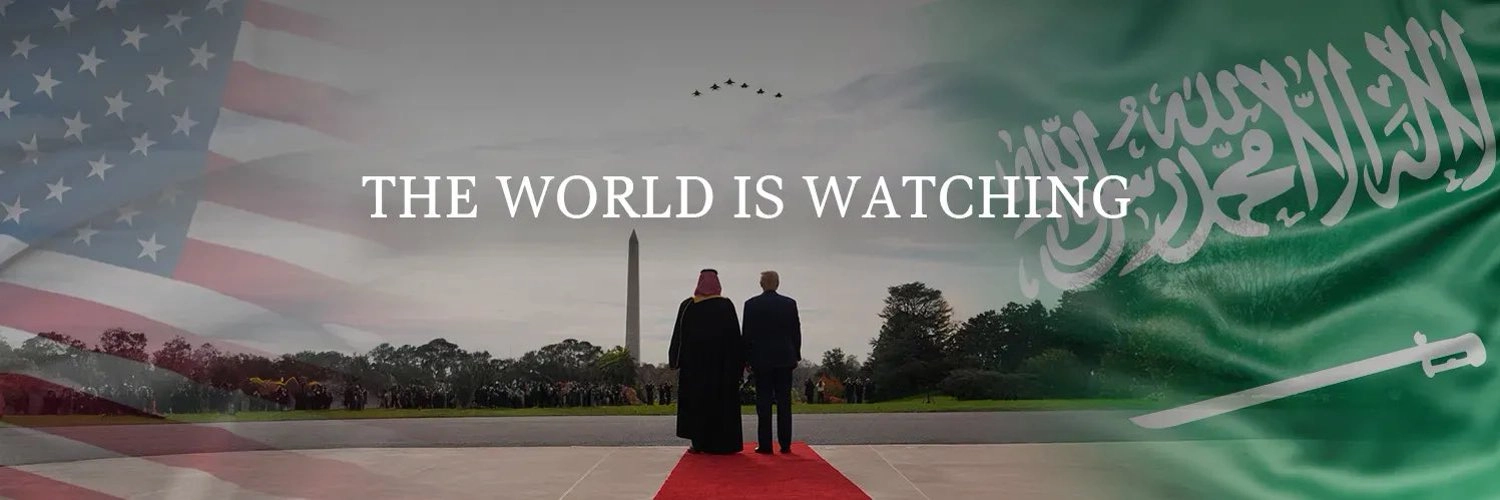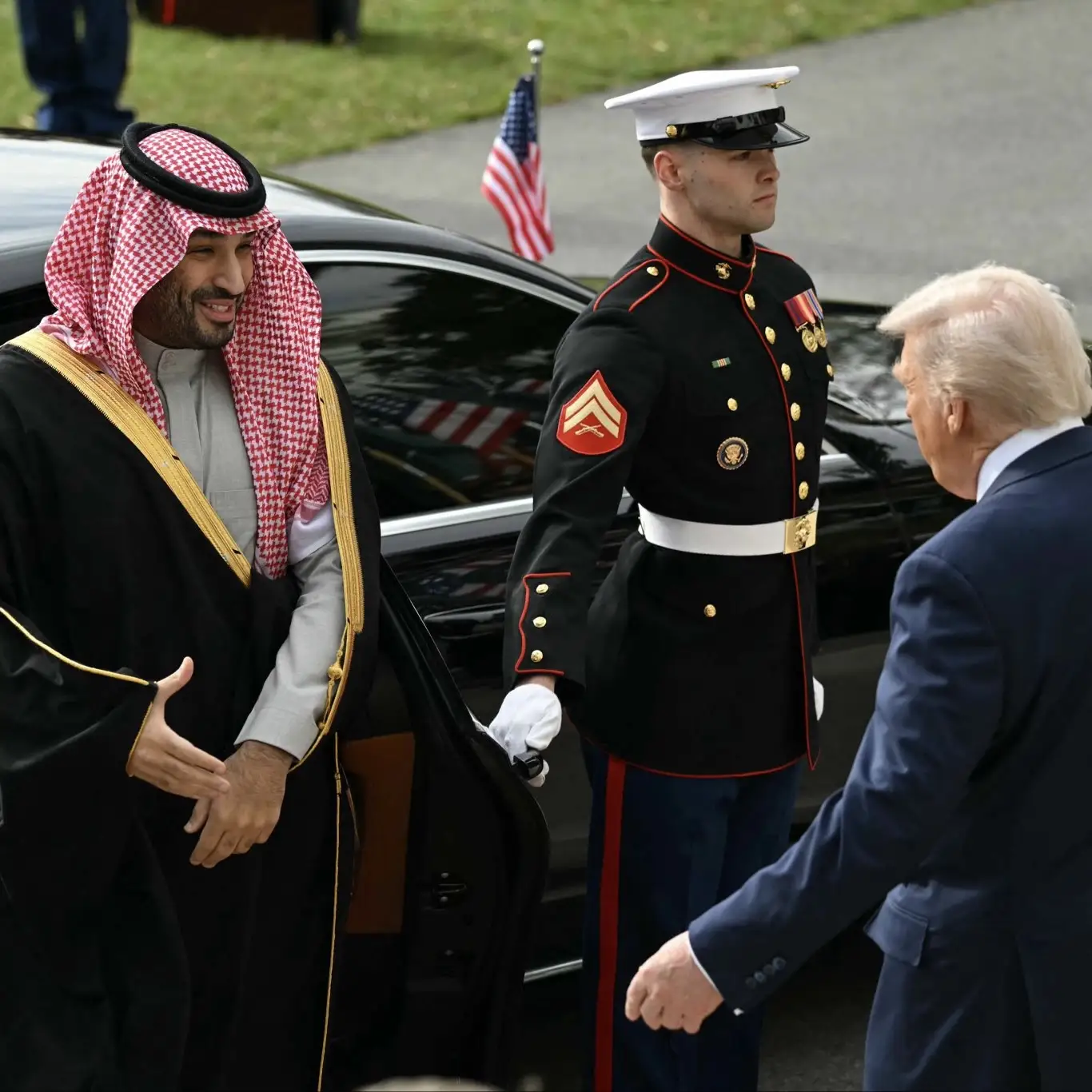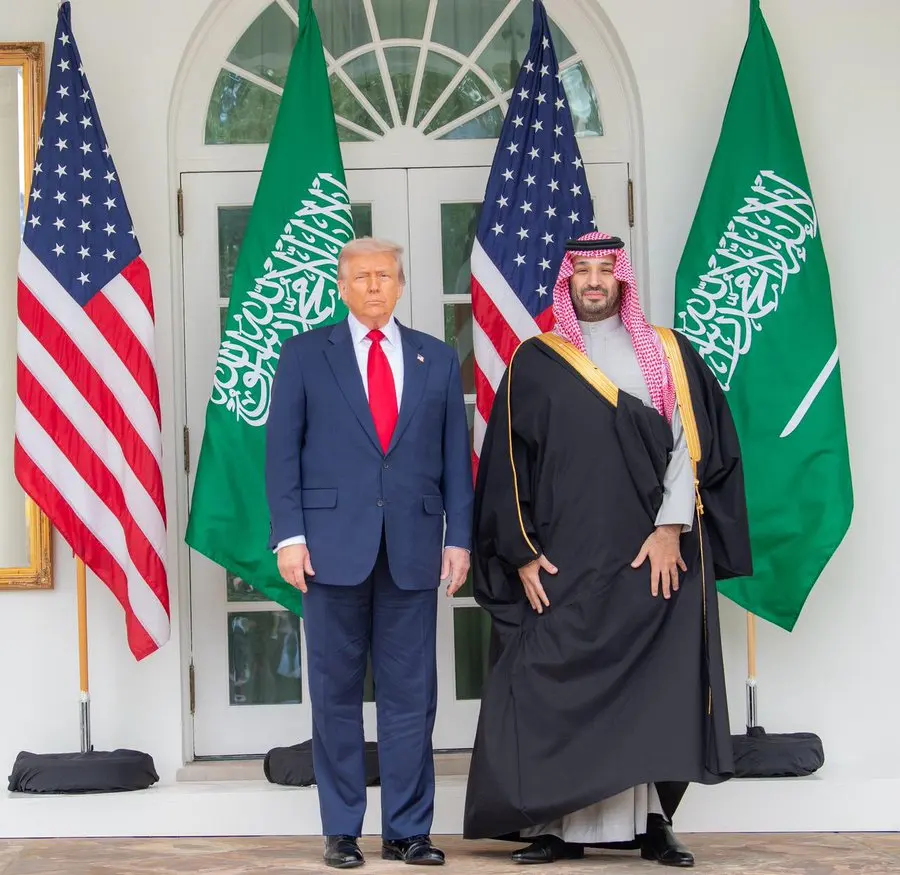
Washington, DC, USA - In a visit packed with symbolism, hard power, and trillion-dollar headlines, Saudi Crown Prince Mohammed bin Salman (MBS) arrived at the White House this week to seal what both sides are openly calling a “new chapter” in U.S.–Saudi relations. The Biden years of froideur are gone; the Trump administration has rolled out the red carpet — literally and politically — to re-embrace a partner too large, too wealthy, and too strategically important to ignore.

Cannon salutes, military honor guards, high-profile sit-downs, and global attention formed the backdrop as MBS and President Donald Trump announced a sweeping package of economic and security initiatives, including a stunning figure: Saudi investments in the U.S. are projected to rise to nearly $1 trillion over time, up from the already-headline-grabbing $600 billion road map unveiled during Trump’s visit to Riyadh earlier this year.
While details remain fluid, U.S. officials say the new investment framework is centered on AI infrastructure, advanced semiconductors, cloud computing, energy partnerships, logistics, and manufacturing tied to Riyadh’s Vision 2030 overhaul. In Washington’s view, Saudi Arabia isn’t merely a buyer of U.S. tech — it’s becoming an indispensable investor in America’s next-generation industries.
The scale of capital Riyadh is promising positions Saudi Arabia as one of the most powerful foreign investors in the U.S. economy. Much of it is expected to come from the Public Investment Fund (PIF), the kingdom’s sovereign wealth engine and one of the largest pools of capital on earth.

But the headline-grabbing deal extends far beyond money.
The White House confirmed it intends to approve the first-ever sale of F-35 stealth fighter jets to Saudi Arabia, potentially up to 48 aircraft. This represents a seismic shift in regional military balance and a direct challenge to the long-standing doctrine of preserving Israel’s technological edge.
Congressional opposition is already forming — but Trump has made clear he intends to push the sale forward, framing it as a necessary part of a broader security realignment.
The visit also spotlighted deepening U.S.–Saudi cooperation on AI chips, data centers, and cloud infrastructure, an area Washington had previously guarded tightly due to concerns over technology leakage to China. With Saudi Arabia simultaneously courting U.S. and Chinese tech giants, the White House is betting that binding Riyadh closer to American platforms is strategically wiser than pushing it toward Beijing.
Perhaps the most sensitive element: a formal U.S.–Saudi civil nuclear cooperation agreement is back on the table. While officials describe the program as civilian in nature, regional players — especially Iran — are closely watching. For Saudi Arabia, nuclear energy remains a pillar of its long-term strategy to diversify away from oil.
The visit marks MBS’s first trip to Washington since the 2018 killing of journalist Jamal Khashoggi — an event that produced one of the sharpest crises in U.S.–Saudi relations in decades. Today, the reset is unmistakable.
Trump, sitting beside MBS in the Oval Office, directly disputed U.S. intelligence findings on Khashoggi and praised the crown prince’s “tremendous leadership,” signaling that the era of arm’s-length diplomacy is finished.
Several forces are driving this accelerated reset:
MBS has positioned himself as a global power broker, courting China, Russia, Israel, and the U.S. simultaneously — but the White House visit represents a renewed commitment to Washington as the kingdom’s primary security and technology partner.
Saudi Arabia signaled it is ready to join a version of the Abraham Accords, provided there is a credible path for Palestinian statehood. The White House is pushing hard behind the scenes for a historic Saudi–Israel normalization, one that would reshape Middle Eastern geopolitics for a generation.
Human-rights groups and multiple lawmakers have already condemned the visit, calling the trillion-dollar commitments “PR cover” for what they view as a whitewashing of MBS’s record. Opponents warn that F-35 sales and nuclear cooperation risk sparking a dangerous regional arms race.
But politically, the optics are clear: Washington and Riyadh are back in business, on terms bigger and more openly transactional than ever.
For the U.S., the story is about jobs, investment, and countering China.
For Saudi Arabia, it’s about status, security, and becoming a top-tier global power.
For both, it’s a pragmatic bet that the old oil-for-security model must evolve into something larger: a tech-industrial alliance backed by gigantic capital flows and the world’s most advanced weapons systems.
And this week’s visit suggests that transition is already well underway.